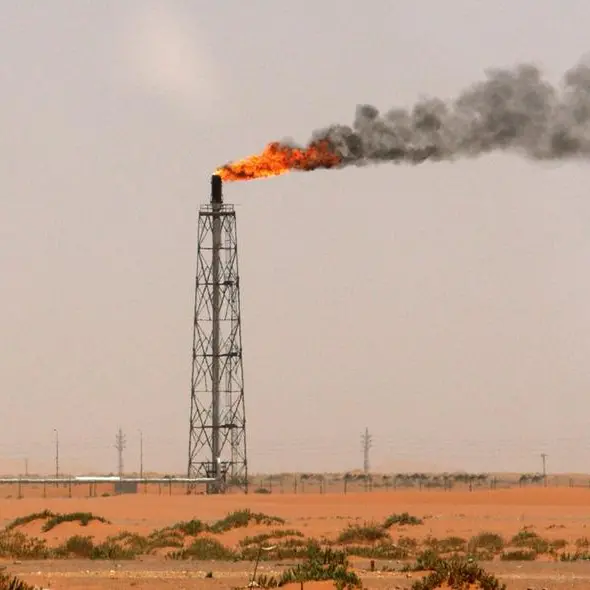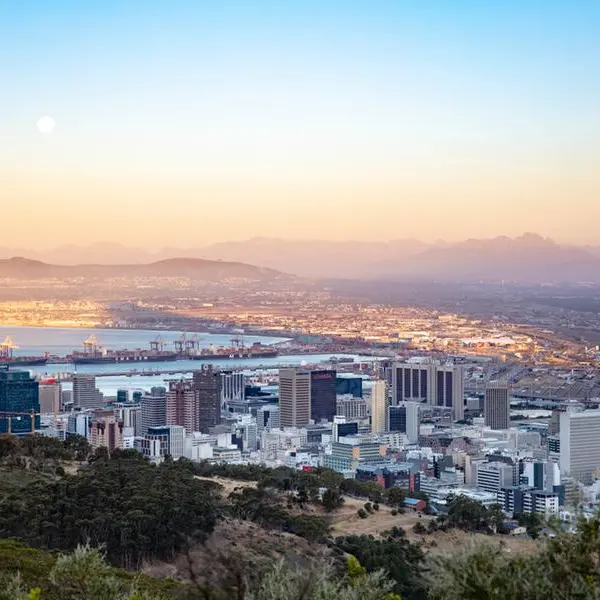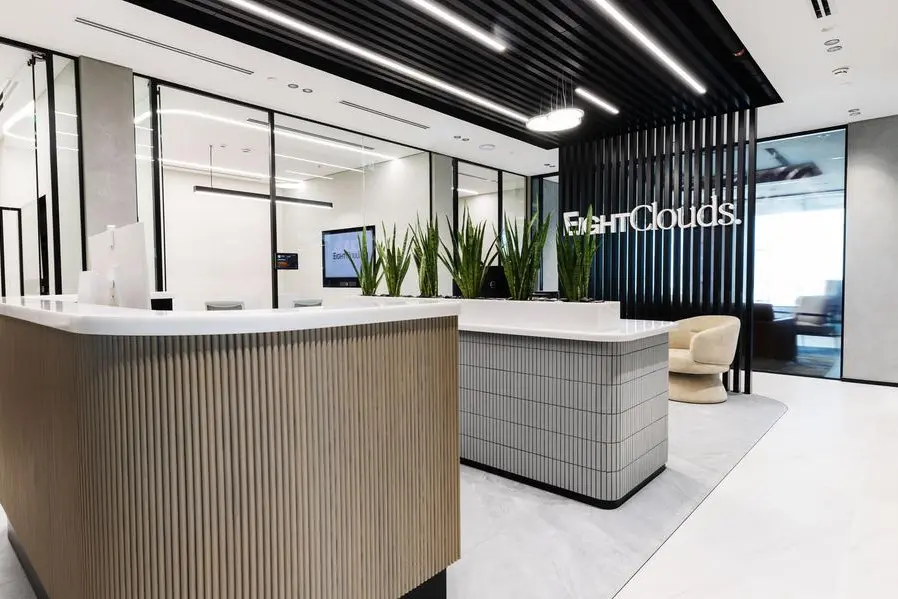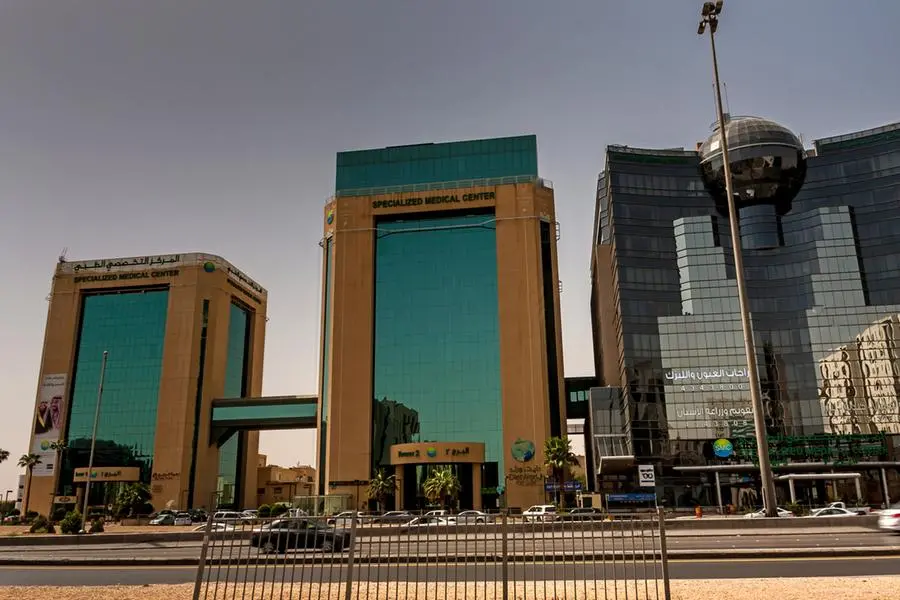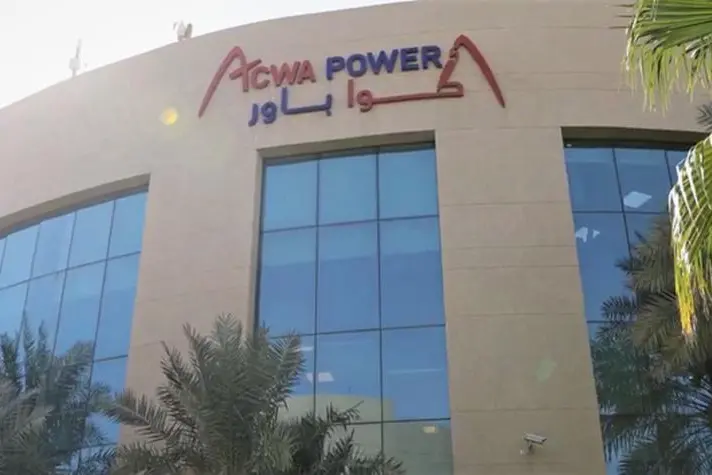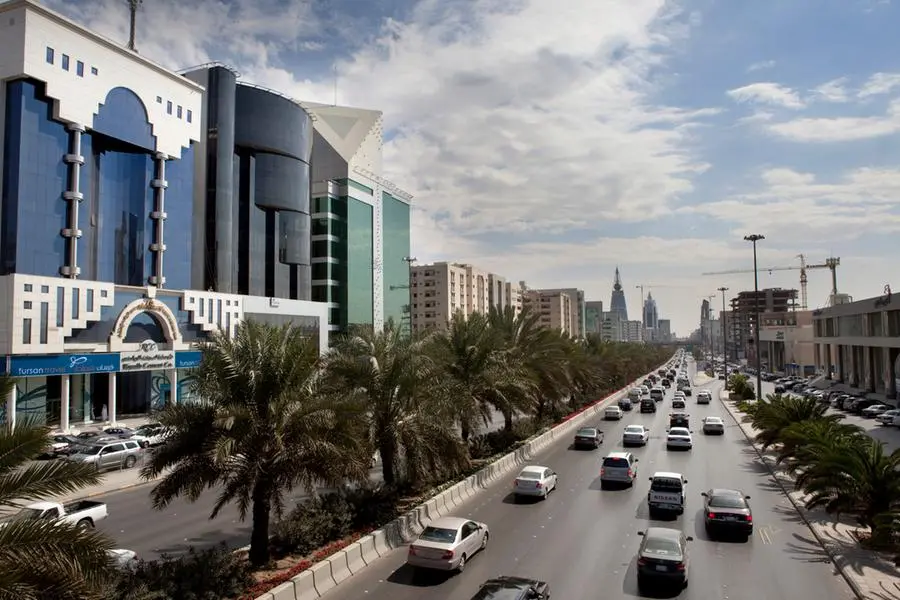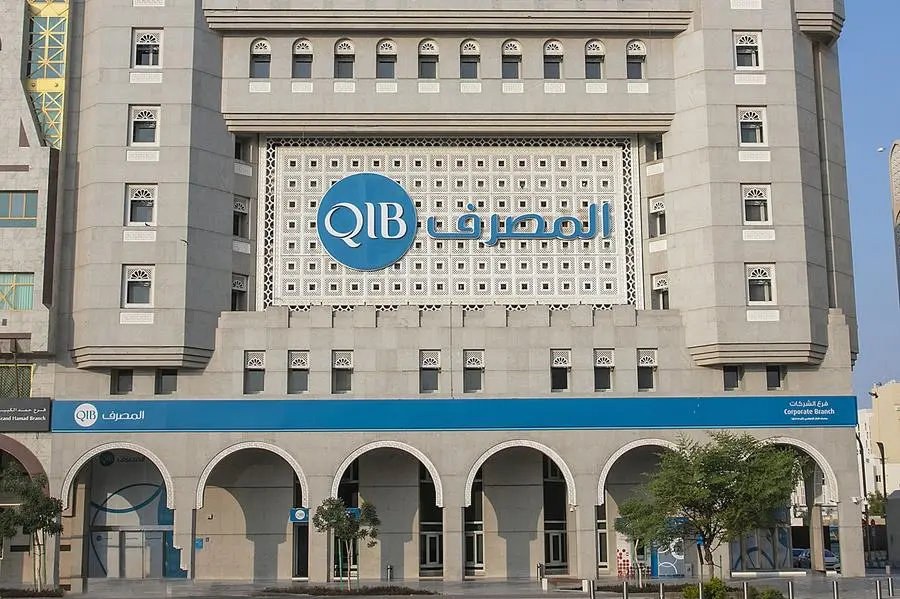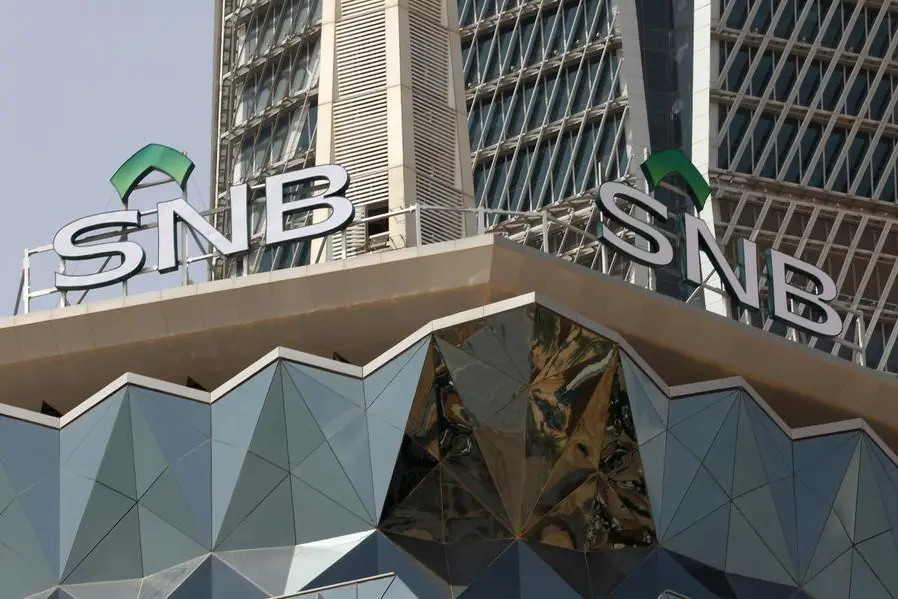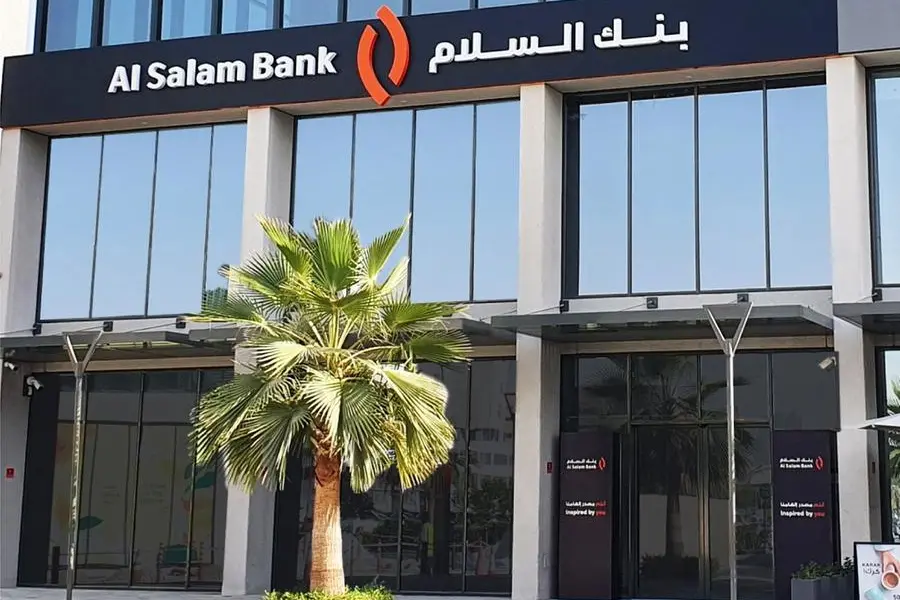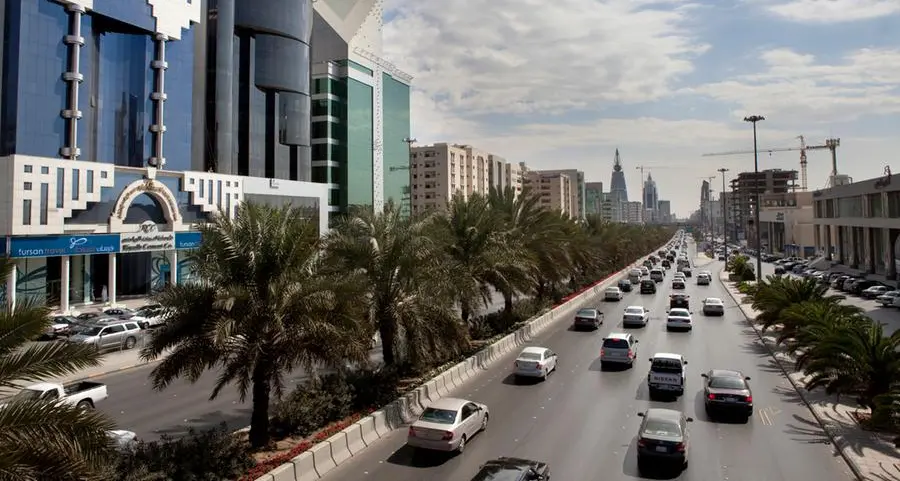Qatar's banks are set for a "profitable period" ahead, says a new report, which expects the local lenders to play an integral role in financing the country's huge infrastructure plans.
Following a substantial slowdown in credit growth during 2013, Qatar's banks are set to enjoy "more fertile" conditions this year with the expected increase in demand for project financing, Samba Financial Group said in a report.
Credit growth was at 15% in March and has averaged more than 16% since the start of the year, up from 13.1% in December. Sectors experiencing particularly rapid growth includes the services sector, up 36.4%, and contractors, up 51.8%.
Qatar's banking sector is in a good position to take advantage of the increased demand for their services as balance sheets remain healthy and banks are well capitalised, Samba said in its latest 'economic monitor'.
Strong deposit growth (19.4% in February) continues to outstrip the increase in lending, helping reduce the loans to deposit ratio to 102.2%. The country also boasts one of the lowest non-performing loan ratios in the region at under 2% thanks in large part to the strong economy.
Local banks are expected to play an integral role in financing the country's infrastructure plans. The state's water and power company recently closed a deal worth $500mn, which was financed entirely through domestic lenders.
With upcoming tenders for the construction of the first world cup stadium, along with $12bn deals for the Sharq Crossing scheme on the horizon, local banks have ample opportunity for lending growth, the report said.
These opportunities will occur directly through project financing, but also the associated need for contractor financing (as seen in the February figures).
As such, Samba expects credit growth to pick up over the next two years, accelerating to a pace of between 15%-20%.
Qatar's 2014-15 budget is the biggest in the country's history, and although the figures show it to be a conservative increase on the previous year, the expansion underlines the government's commitment to rollout the robust infrastructure spending. Expenditure is budgeted at $58.2bn, which constitutes a modest rise of 3.7% over the 2013-14 budget.
Revenues are forecast to increase by just 3.5% reaching $60.7bn, leaving a budgeted surplus of $1.95bn. The latest budget maintains the conservative oil price assumption of $65 for a barrel.
Although no full year outturns are available for 2013-14, Samba expects a "comfortable surplus" of 11% of GDP owing to higher than budgeted revenues.
"We expect total expenditure will come in as budgeted, although with a slight over-run in current expenditure and a shortfall in capital expenditure. This would be the third year in a row that capital spending has undershot the budget," Samba said.
The provision for capital expenditure for the 2014-15 budget has been increased 16.8% over 2013-14 to $23.3bn.
Given that, Samba estimates a "shortfall" in actual spending in 2013-14; which constitutes a sizeable increase in projected public spending.
Samba expects capital expenditure will accelerate throughout 2014-15 as 2022 FIFA World Cup related deadlines loom larger on the horizon.
"However, fully meeting the tough schedule and spending target, is likely to be a challenge," Samba said.
Aviation, tourism aid diversification
Investment in airlines and tourism infrastructure are helping Qatar diversify the economy and generate growth, Samba said.
Doha air passenger traffic grew nearly 10% last year, bringing annual passengers to 23mn, more than in Bahrain or Abu Dhabi.
The country's airline - Qatar Airways and other facilities are internationally competitive, and the recent opening of the Hamad International Airport reinforces the country's intent to become a central aviation hub, it said.
Qatar continues efforts to boost its tourism industry, particularly through business conference and sports events. The number of empty hotel rooms in Doha has declined over the past 12 months, despite new hotels coming online.
However, Samba noted the increase in occupancy rates has not been enough to offset a fall in average room rates (7.6% lower than last year to $261) and non-room revenues, due to increased competition in the corporate market segment.
© Gulf Times 2014


